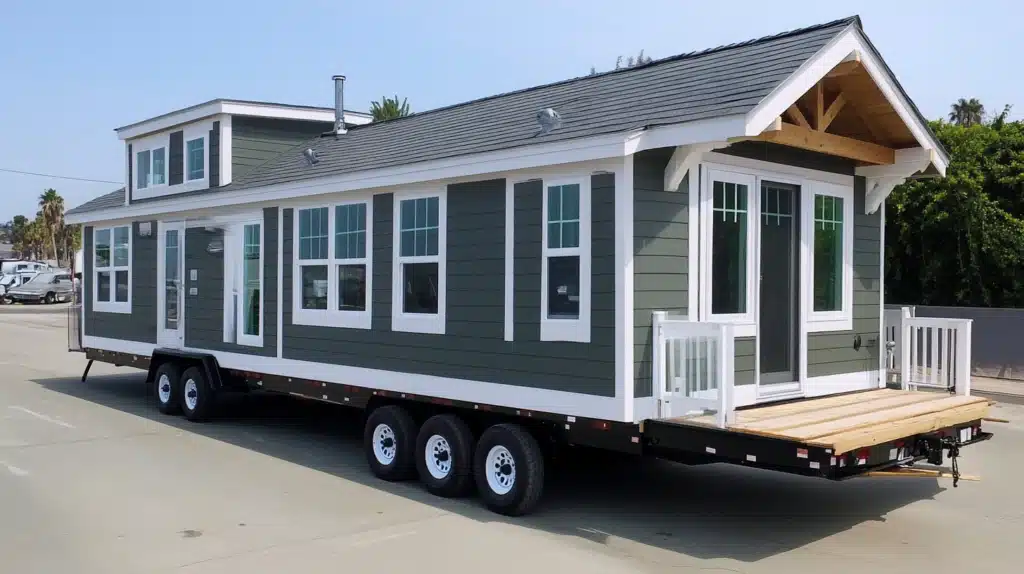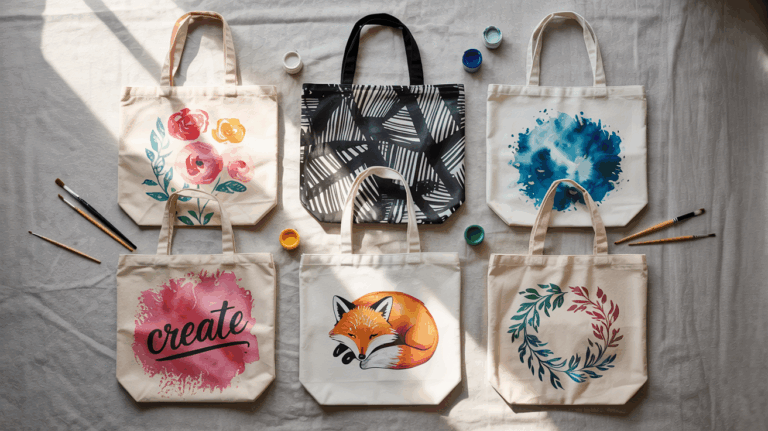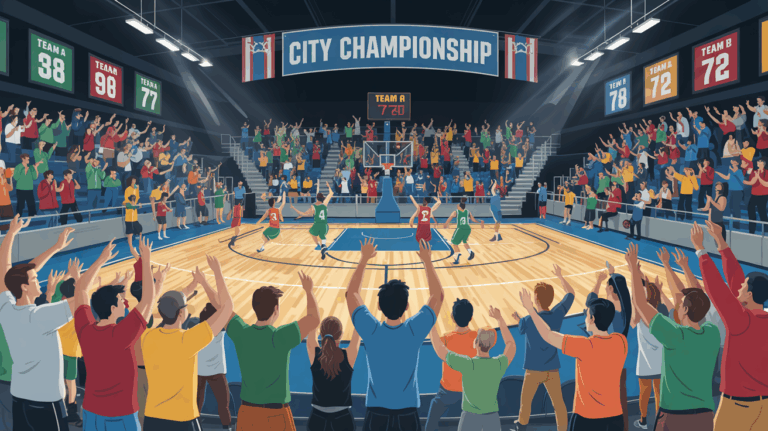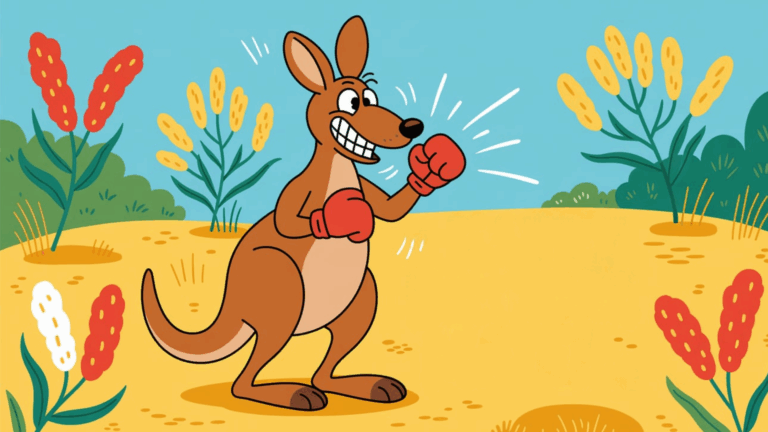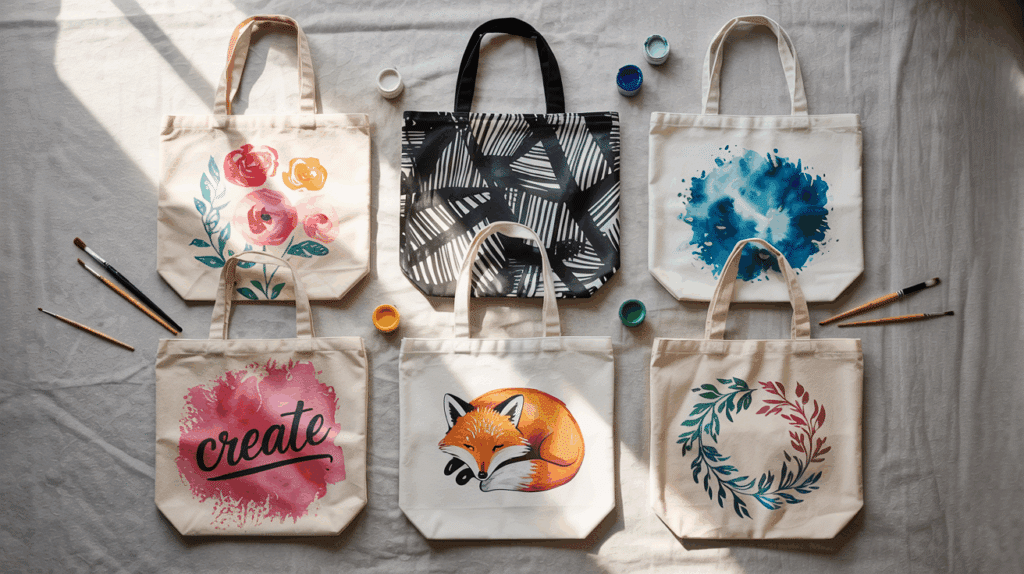The demand for alternative housing solutions is growing rapidly, fueled by rising real estate costs, a desire for sustainability, and the need for flexibility in living arrangements. Among the most notable responses to these challenges are tiny homes and park model homes, both of which offer affordable, customizable, and mobile living spaces.
As more individuals and families explore these options, it’s clear that these compact living solutions represent more than just housing—they signify a shift in how we perceive and approach the concept of home.
Defining Park Model Homes and Tiny Homes: A New Era of Compact Living
At their core, both park model homes and tiny homes are designed to provide efficient, flexible living solutions that maximize space without sacrificing comfort. However, they have distinct differences.
Park model homes are full-time residences, typically placed in designated communities or on private land. These homes, which typically range from 400 to 500 square feet, are larger than most tiny homes but still compact compared to traditional houses. Built on a chassis (like a mobile home), they can be transported but are often stationary once placed..
Tiny homes, which range from 100 to 400 square feet, can be either stationary or mobile. Their primary appeal lies in versatility—whether used as vacation homes, second residences, or permanent living arrangements. These homes prioritize sustainability, efficiency, and minimalist living, offering just enough space for the essentials without excess.
Both types of homes cater to different needs, from those seeking a simpler lifestyle to those hoping to own property in areas where real estate costs are prohibitive.
The Growing Appeal of Park Model Homes and Tiny Homes
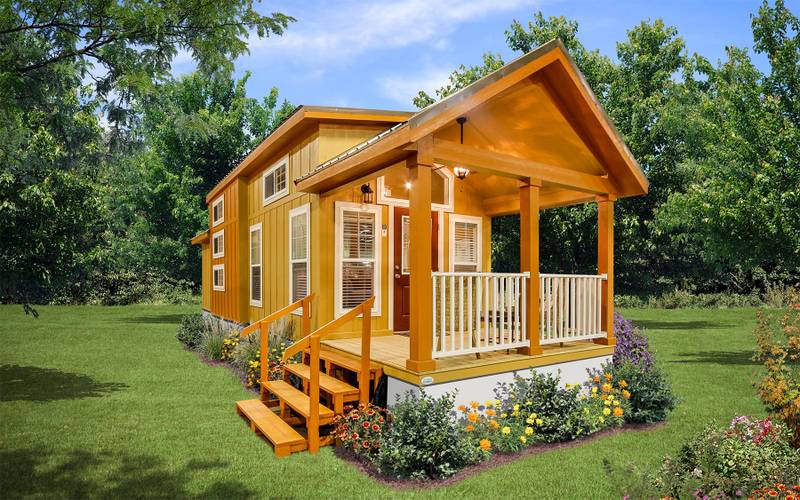
The rise of park model homes and tiny homes is not merely a trend; they’re becoming a central part of the housing market due to several factors that reflect broader societal shifts.
One key factor is affordability. As traditional housing prices soar, these compact homes offer a more accessible entry point to homeownership, making them attractive to first-time buyers, retirees, and those looking to downsize.
Sustainability also plays a crucial role in their growing popularity. With increasing environmental concerns, more people are seeking ways to reduce their carbon footprint. Tiny and park model homes are known for their energy efficiency, incorporating green building practices like solar panels and eco-friendly materials. Their smaller size means less energy is needed to heat, cool, and power the home, making them a sustainable alternative to larger houses.
Flexibility is another significant factor. Many people desire a lifestyle that offers mobility and adaptability, whether it’s living off the grid, using a tiny home as a vacation retreat, or relocating frequently. Both park model homes and tiny homes fulfill this need by offering greater freedom to live in a variety of settings.
Customization and Flexibility: Key Advantages of Park Model Homes
One of the standout features of both park model homes and tiny homes is customization. These homes can be tailored to fit the owner’s preferences, from room layouts to eco-friendly features. For example, many park model homes are designed to include multi-functional furniture, built-in storage, and energy-efficient appliances, which are important for maximizing limited space.
Park model homes are also versatile in terms of placement. While traditional homes are fixed, these compact homes can be situated on a variety of properties, including vacation lots, rural plots, or mobile home parks. This flexibility makes them ideal for those seeking a mobile lifestyle or the ability to live in multiple locations, whether it’s a lakeside retreat or a countryside property.
As demand for compact homes grows, customization options expand as well. The increasing popularity of vacation rentals—particularly with platforms like Airbnb and Vrbo—has heightened demand for unique, affordable, and sustainable accommodations. In fact, according to Hotel Tech Report, vacation rental bookings have surged, with travelers increasingly prioritizing distinctive, eco-conscious stays. Park model homes fit this demand perfectly. Their small footprint, flexibility, and sustainable features make them an attractive option for investors and property managers looking to meet the growing demand for vacation rentals.
The Growing Business Potential of Park Model Homes
The surge in popularity of park model homes and tiny homes has created opportunities for homeowners and businesses in several sectors.
For real estate developers, park model homes offer a way to meet the demand for affordable housing in areas where traditional homes are financially out of reach. By integrating these homes into planned communities or vacation developments, developers can provide affordable housing options while still maximizing the land’s value. This approach is especially appealing in regions where land prices are high or zoning laws restrict the construction of larger homes.
For manufacturers, the rising demand has led to more customizable, energy-efficient designs. Companies are refining their offerings to include eco-friendly materials and advanced technologies, like smart home features, to appeal to environmentally-conscious consumers.
Property managers are also capitalizing on the park model home trend. Many are adding these homes to their portfolios to meet the growing demand for unique, short-term rental options. As travelers increasingly look for affordable, sustainable accommodations, park model homes offer a cost-effective way to diversify rental offerings.
Sustainability and Efficiency: Core Principles of Park Model Homes
Park model homes and tiny homes stand out for their energy efficiency and low environmental impact. These homes require fewer resources to build, maintain, and operate, making them attractive to environmentally-conscious homeowners.
Due to their smaller size, park model homes naturally require less energy to heat and cool, which lowers energy consumption. Many incorporate eco-friendly design features, such as solar panels, rainwater harvesting systems, and high-efficiency insulation. These features reduce the environmental impact while helping homeowners save on energy costs.
Additionally, park model homes encourage a minimalist lifestyle, reducing overall consumption by encouraging fewer possessions. They can also be placed on land that minimally disrupts the environment, making them a more sustainable option than larger, traditional homes.
For homeowners looking to live off the grid, park model homes offer the perfect balance of self-sufficiency and sustainability. With the right setup, they can rely on solar energy, wind power, and well water, making them ideal for those seeking to disconnect from urban living and embrace a more sustainable, off-the-grid lifestyle.
Looking Ahead: The Future of Park Model Homes and Tiny Homes
The future of park model homes and tiny homes looks promising as more people turn to these options for both personal use and investment opportunities. As real estate costs continue to rise, environmental concerns grow, and the desire for mobility increases, demand for compact living solutions is only expected to intensify.
As the market grows, we’ll see further innovations in design and technology. Builders are integrating smart home systems and energy-efficient appliances, making these homes more appealing to tech-savvy buyers. Moreover, the use of eco-friendly materials and green construction practices will likely increase, pushing the boundaries on sustainability and energy efficiency.
The role of park model homes in the broader housing market is also evolving. What once was considered a niche, affordable alternative is becoming mainstream. Developers and manufacturers are responding to shifting demands by offering more diverse styles, sizes, and features.
In the context of rental property investments, improving your rental property operations will be crucial to maximizing the potential of park model homes, particularly as they continue to grow in popularity. Their versatility and demand in vacation rental markets provide an opportunity for property owners to diversify and increase profitability.
As their popularity continues to rise, park model homes and tiny homes are likely to significantly address the demand for affordable, sustainable housing options. With their versatility, customization, and eco-friendly features, they are shaping the future of housing.

